The Beginner’s Guide to Hard Turning and How It Works
Hard Turning Technologies: Revolutionizing Precision Machining
Hard turning has emerged as a transformative technology in the realm of precision machining, offering numerous advantages over traditional grinding processes. This advanced machining technique is particularly useful for producing high-quality components from hardened materials, typically with hardness above 45 HRC (Rockwell Hardness C).
Understanding Hard Turning
Hard turning refers to the process of machining hardened steel or other hard materials using single-point cutting tools. Unlike conventional turning, which is performed on softer materials, hard turning is conducted on materials that have undergone heat treatment to achieve high hardness. This process is often employed as a finishing operation, providing excellent surface finishes and dimensional accuracy.
Benefits of Hard Turning
Cost Efficiency:
Hard turning can eliminate the need for multiple grinding operations, reducing overall machining time and costs.
It minimizes the use of expensive grinding wheels and coolant fluids.
Flexibility:
Hard turning allows for complex geometries and intricate features that are challenging to achieve with grinding.
It is suitable for both small batch production and large-scale manufacturing.
Improved Surface Finish:
The process can achieve surface finishes comparable to grinding, with Ra values often below 0.2 micrometers.
It reduces the need for secondary finishing operations.
Enhanced Material Removal Rates:
Hard turning offers higher material removal rates compared to grinding, improving productivity.
It allows for deeper cuts and faster cycle times.
Key Applications of hard turning
Hard turning is widely used across various industries, including:
Automotive: Manufacturing of gears, shafts, bearings, and other critical components.
Aerospace: Precision machining of turbine blades, engine components, and landing gear parts.
Tool and Die: Production of molds, dies, and cutting tools.
Medical Devices: Creation of surgical instruments and implants.
Energy: Machining of components for power generation and oil & gas industries.
Tooling for Hard Turning
The success of hard turning largely depends on the choice of cutting tools. Advanced materials and coatings have significantly enhanced tool performance and longevity in hard turning applications.
Tool Materials:
Cubic Boron Nitride (CBN): CBN tools are the most commonly used for hard turning due to their exceptional hardness and thermal stability.
Ceramics: Ceramic tools are also effective, offering high wear resistance and the ability to withstand elevated temperatures.
Tool Geometry:
The geometry of the cutting tool, including rake angle, clearance angle, and nose radius, plays a crucial role in determining the quality of the finished product.
Optimizing tool geometry can enhance chip control, reduce cutting forces, and improve surface finish.
Coatings:
Coatings such as TiN (Titanium Nitride), TiAlN (Titanium Aluminum Nitride), and DLC (Diamond-Like Carbon) can extend tool life by reducing wear and friction.
Techniques and Best Practices.
Machine Tool Requirements:
Hard turning requires rigid and stable machine tools to handle the high cutting forces involved.
Precision spindles, robust workholding, and high-quality linear guides are essential.
Cutting Parameters:
Selecting the appropriate cutting speed, feed rate, and depth of cut is critical to achieving optimal results.
Generally, higher cutting speeds and lower feed rates are preferred to minimize tool wear and achieve a fine surface finish.
Coolant Use:
While hard turning can be performed dry, the use of coolants can enhance tool life and improve surface integrity.
High-pressure coolant systems are often employed to effectively remove chips and reduce thermal loads on the tool.
Challenges and Future Trends of hard turning
Despite its advantages, hard turning presents certain challenges, such as tool wear, thermal deformation, and surface integrity issues. However, ongoing research and technological advancements continue to address these challenges, paving the way for further improvements.
Tool Wear Monitoring:
The development of advanced sensor technologies and predictive maintenance systems is aiding in real-time monitoring of tool wear, ensuring consistent quality and reducing downtime.
Adaptive Control Systems:
Integration of adaptive control systems in machine tools can dynamically adjust cutting parameters based on real-time feedback, optimizing the machining process.
Hybrid Machining:
Combining hard turning with other processes such as grinding or laser-assisted machining is gaining traction, offering enhanced capabilities for complex and high-precision components.
Sustainable Practices:
Emphasis on environmentally friendly machining practices, including dry machining and the use of biodegradable coolants, is driving the industry towards more sustainable operations.
Conclusion
Hard turning is revolutionizing precision machining by offering a cost-effective, flexible, and efficient alternative to traditional grinding processes. With continuous advancements in tooling, machine technology, and process optimization, hard turning is set to play an increasingly vital role in various high-precision manufacturing industries. As the technology evolves, it promises to deliver even greater performance, sustainability, and innovation in the world of machining.

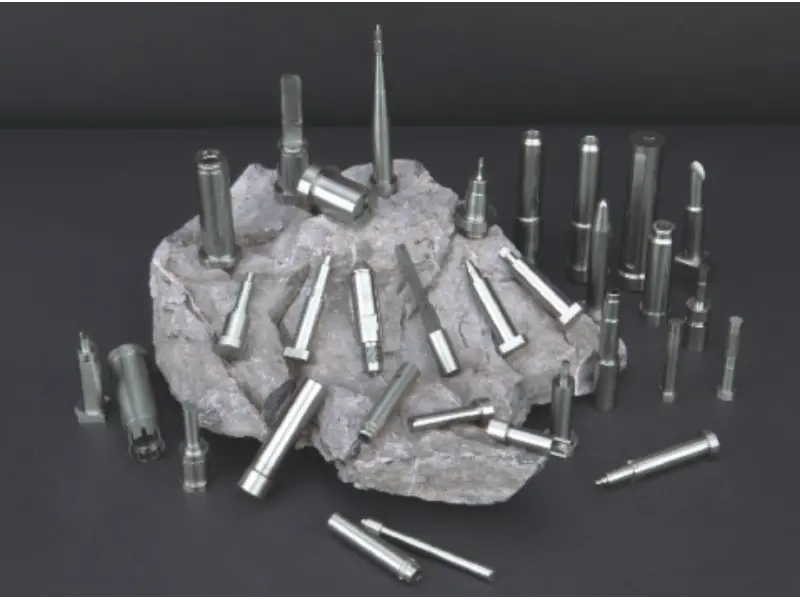
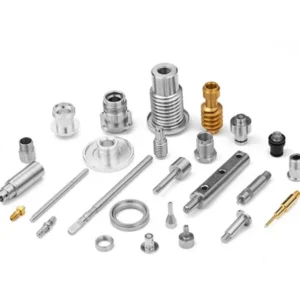
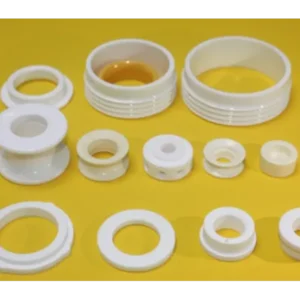
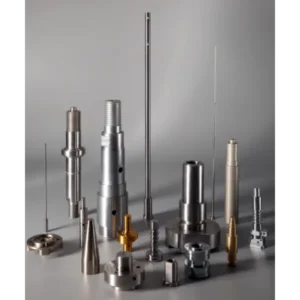
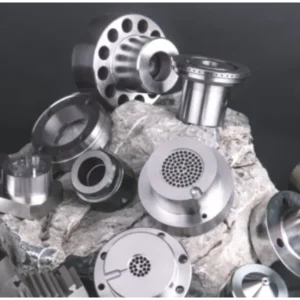
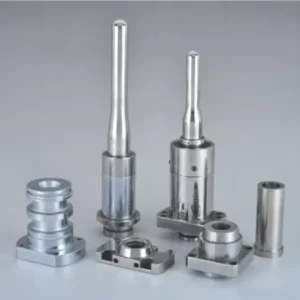
Reviews
There are no reviews yet.